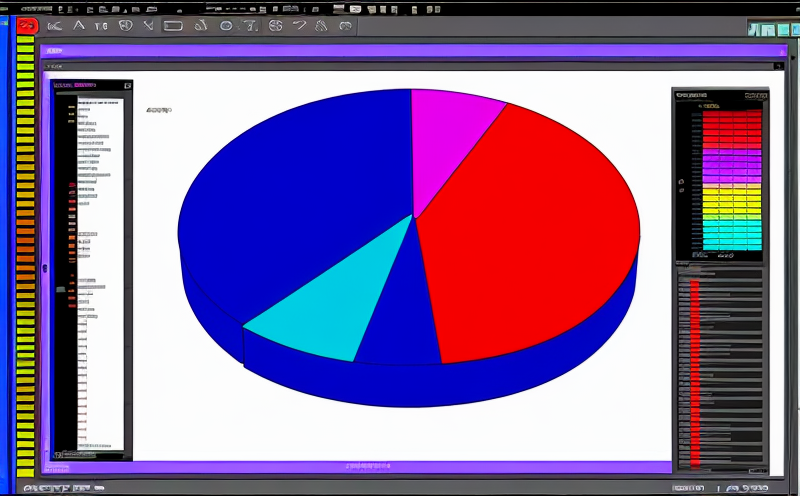ISO 6721 Dynamic Mechanical Properties Testing by Thermal Analysis
The ISO 6721 standard provides a comprehensive approach to determining the dynamic mechanical properties of materials through thermomechanical analysis (TMA). This service is particularly relevant for industries such as pharmaceuticals, polymers, and composites where understanding material behavior under varying thermal conditions is critical. The test measures how materials respond dynamically to alternating stresses at different temperatures.
The primary application area involves evaluating the transition from solid to liquid phases and the phase transitions that occur during heating or cooling. This information is vital for optimizing processing conditions, ensuring product quality, and meeting regulatory requirements. For instance, pharmaceutical companies use this test to ensure drug formulations are stable over a wide range of temperatures.
Dynamic mechanical analysis (DMA) by thermal means offers several advantages including non-destructive testing capabilities, the ability to evaluate large samples, and the potential for in-situ measurements under controlled environments like humidity or pressure. These features make it an indispensable tool in quality control processes and research and development projects.
The test involves placing a sample between two plates that oscillate at a specific frequency while heating or cooling the sample. The resulting stress-strain relationship is recorded, providing insights into modulus, damping ratio, and phase angle. Modulus represents stiffness, while the damping ratio indicates energy dissipation within the material as it undergoes deformation.
Sample preparation for DMA by TMA typically involves cutting specimens to standard dimensions and ensuring they are free from defects that could affect test results. The sample should be homogeneous in composition and orientation to ensure accurate measurements. Specific considerations include cleaning the samples thoroughly, especially if they contain residues or contaminants.
The testing apparatus used is a specialized DMA instrument capable of precise temperature control and oscillation frequency adjustments. Calibration of this equipment ensures accurate data collection. Once prepared, the sample is placed between two plates within the testing chamber. The system heats or cools the sample while simultaneously applying an oscillatory shear stress.
Several key parameters influence the outcome of these tests including temperature range, heating rate, and oscillation frequency. Temperature ranges can vary widely depending on the material being tested but generally span from ambient to over 300°C. Heating rates may range from 1°C/min up to 50°C/min. Oscillation frequencies typically fall within a narrow band around 1 Hz.
Upon completion of testing, detailed reports are generated outlining all measured parameters along with interpretations based on industry standards like ISO 6721-1. These reports serve as critical documentation for quality assurance processes and regulatory filings. They also provide valuable insights into material behavior under dynamic loading conditions which can inform process optimization efforts.
In summary, ISO 6721 DMA by TMA is a powerful analytical technique that enables deep understanding of the thermal mechanical properties of various materials across diverse industries. Its ability to provide precise information about modulus and damping ratios makes it an essential tool for quality control professionals seeking reliable data on material performance under different environmental conditions.
Applied Standards
The ISO 6721 standard encompasses several subparts, each addressing specific aspects of dynamic mechanical analysis by thermal means. Subpart 1 focuses on general requirements and terminology, providing a foundational understanding necessary for conducting accurate tests according to the standard.
- ISO 6721-1: General requirements and terminology
- ISO 6721-2: Methods of test for rubber-like materials
- ISO 6721-3: Methods of test for thermoplastics, thermosetting plastics, elastomers, etc.
- ISO 6721-4: Methods of test for composites and other materials
These standards ensure consistency in testing protocols across different sectors, allowing for comparability of results between laboratories worldwide. By adhering to these guidelines, we guarantee that all tests conducted follow internationally recognized best practices.
Scope and Methodology
| Test Parameters | Description |
|---|---|
| Sample Type | Polymers, composites, rubbers, thermoplastics, etc. |
| Temperature Range | Ambient to 300°C or higher depending on material properties |
| Oscillation Frequency | Typically between 1 Hz and 50 Hz |
| Heating Rate | Between 1°C/min and 50°C/min based on sample characteristics |
| Data Collection | Modulus, damping ratio, phase angle, hysteresis loop area |
The methodology for conducting ISO 6721 DMA by TMA involves precise control of environmental conditions including temperature and humidity. Samples are carefully prepared according to specified dimensions and cleaned thoroughly before being placed between the sample holder plates. The instrument then applies an oscillatory shear stress while heating or cooling the sample at a controlled rate.
Data acquisition occurs continuously throughout the test, capturing essential parameters such as modulus, damping ratio, phase angle, and hysteresis loop area. These data points are crucial for understanding material behavior under dynamic loading conditions. After completing the test run, detailed reports are generated summarizing all measured values alongside interpretations based on relevant standards.
This method ensures accurate assessment of a material's thermal mechanical properties across its entire temperature range. It allows us to identify critical points where materials exhibit significant changes in their physical characteristics, which is invaluable for optimizing manufacturing processes and ensuring product quality.
International Acceptance and Recognition
- American Society for Testing and Materials (ASTM): ASTM D765, D3894
- Institute of Electrical and Electronics Engineers (IEEE): IEEE 1047-2016
- British Standards Institution (BSI): BS EN ISO 6721
- European Committee for Standardization (CEN): CEN/TS 35980
- International Organization for Standardization (ISO): ISO 6721-1, -2, -3, and -4
- Japanese Industrial Standards (JIS): JIS K7231
- Australian Standards (AS/NZS): AS/NZS 5890.1
- Société Française de Normalisation (AFNOR): AFNOR X46-001-2017
ISO 6721 DMA by TMA is widely accepted across various industries due to its robust methodology and consistent results. Compliance with these international standards ensures that test outcomes are reliable and reproducible, fostering trust among clients globally.





